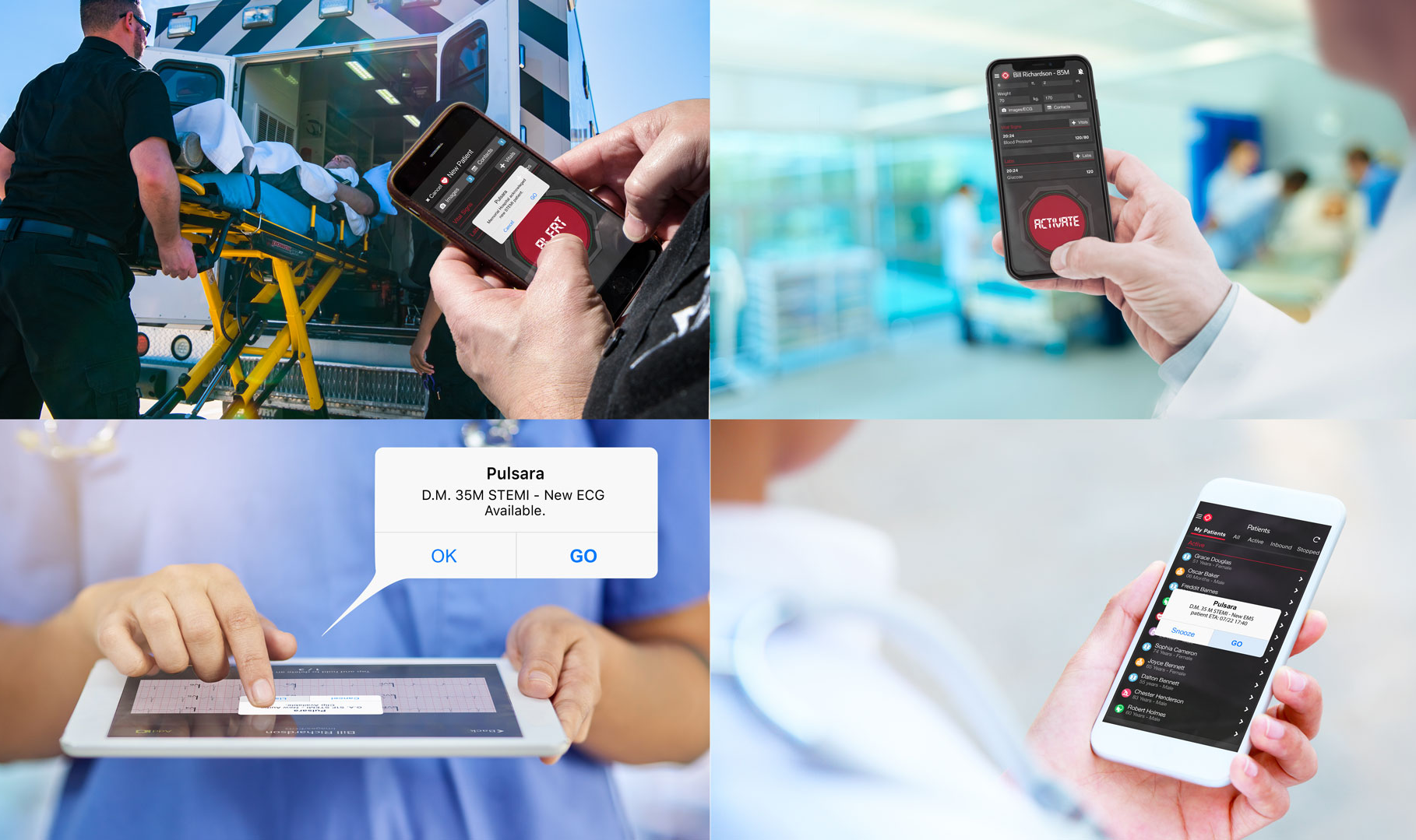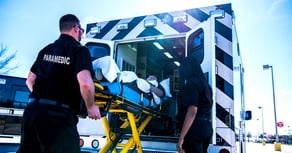Baker to Vegas: Leveraging Pulsara to Manage a Planned Event
Although they have the advantage of prior awareness and preparation, large-scale planned events pose unique challenges for emergency management...
3 min read
 Team Pulsara
:
May 04, 2017
Team Pulsara
:
May 04, 2017

EDITOR'S NOTE: The following content originally appeared on EMS1.com as paid content sponsored by Pulsara. Special thanks to our guest bloggers, the EMS1 BrandFocus Staff.
St. Elizabeth Healthcare, based in Edgewood, Kentucky, serves a population of more than 400,000 across the Greater Cincinnati area, stretching from Northern Kentucky to Indiana and Ohio. St. Elizabeth is sponsored by the Diocese of Covington and is a member of the Mayo Clinic Care Network.
 Organizing a high-level response team for cardiac care is difficult. The process is typically akin to the game of telephone, with multiple calls and spoken reports going to and from the life squad, the ED, the physician on call, individual members of the cath team, room schedulers, and the set-up team. At St. Elizabeth, like most health systems in the U.S., there was no overarching way to organize all the different team members and stakeholders, which could cause delays in treatment and disorganization behind the scenes.
Organizing a high-level response team for cardiac care is difficult. The process is typically akin to the game of telephone, with multiple calls and spoken reports going to and from the life squad, the ED, the physician on call, individual members of the cath team, room schedulers, and the set-up team. At St. Elizabeth, like most health systems in the U.S., there was no overarching way to organize all the different team members and stakeholders, which could cause delays in treatment and disorganization behind the scenes.
In addition, working with many different EMS agencies with varying levels of in-the-field technology created a vast discrepancy among the amount and quality of the information the hospital received for each patient brought in.
St. Elizabeth was invited to participate in a research study called Leadership Saves Lives, led by Yale Global Health Leadership Institute. The goal of the study was to reduce inpatient heart attack deaths by influencing organizational culture. This involved creating a collaborative team of physicians, administrators, front-line staff, and pre-hospital representatives that worked together to address the issue of heart attack deaths from all angles.
One of the significant recommendations from the team was for St. Elizabeth to adopt the Pulsara app. Pulsara is a technology that connects all stakeholders in a health care event such as a heart attack.
Once triggered by EMS in the field or by the emergency department in the hospital, the app instantly sends the patient’s EKG to the cardiologist and alerts the on-call cath lab team. Within seconds, everyone who will interact with the patient is on the same page, preparations can be made, and ultimately, time to treatment is reduced.
St. Elizabeth is putting the Pulsara app in the hands of all Northern Kentucky EMS agencies willing to participate in the program. Several agencies joined initially, and others are still coming on board.
“This single point of instantaneous information speeds communication and creates a team of people all working together to literally beat the clock,” said Mohanjit Brar, a cardiologist with the St. Elizabeth Heart & Vascular Institute. “The app includes a countdown clock so that everyone knows how they are doing against the benchmark time of 90 minutes.”
This is particularly useful on evenings and weekends, Brar added, as it helps ensure that on-call physicians and staff are on their way to the hospital more quickly.
After adopting the recommended changes in the process of responding to heart attack patients from Leadership Saves Lives, including the implementation of Pulsara, the time from first medical contact to the moment of artery-opening treatment dropped 30 percent. Average times dropped from 103 minutes in the first quarter of 2016 to just 72 minutes in January 2017. This surpasses the national benchmark (set by the American Heart Association) of 90 minutes.
One of the other changes made in the process was to optimize the cardiologist call schedule for St. Elizabeth. This reduced hand-offs between doctors, as the interventional cardiologist now gets the call directly via Pulsara for every heart attack patient.
The Pulsara app includes a reporting feature that provides immediate feedback on the outcome at the close of the case to all involved. In addition, EMS coordinators provide a written report to all stakeholders, including the EMS teams, on the process, times, and more detailed patient outcomes within 48 hours. The report offers stakeholders the ability to identify opportunities for improvement as well as celebrate successes in a way not possible before.
The stronger feedback loop facilitated by the app and the coordinators was well received by EMS agencies, both as a way to highlight wins and identify ways to circumvent barriers.
“Pulsara gave us a platform to communicate and to facilitate consistency across 40 EMS agencies,” said Vera Hall, chief nurse executive at St. Elizabeth. “It was so beneficial, first and foremost to our patients, and it continues to provide a better environment to foster partnerships.” Download this case study here.

Although they have the advantage of prior awareness and preparation, large-scale planned events pose unique challenges for emergency management...

For Those Who Love a Good "Oopsie!" At Pulsara, we pride ourselves on enabling secure, HIPAA-compliant communication for healthcare teams. But let’s...

March Recap A New Integration: Improving Data Management, Streamlining Workflows, and Improving Care CoordinationOnly a few days ago, we announced...